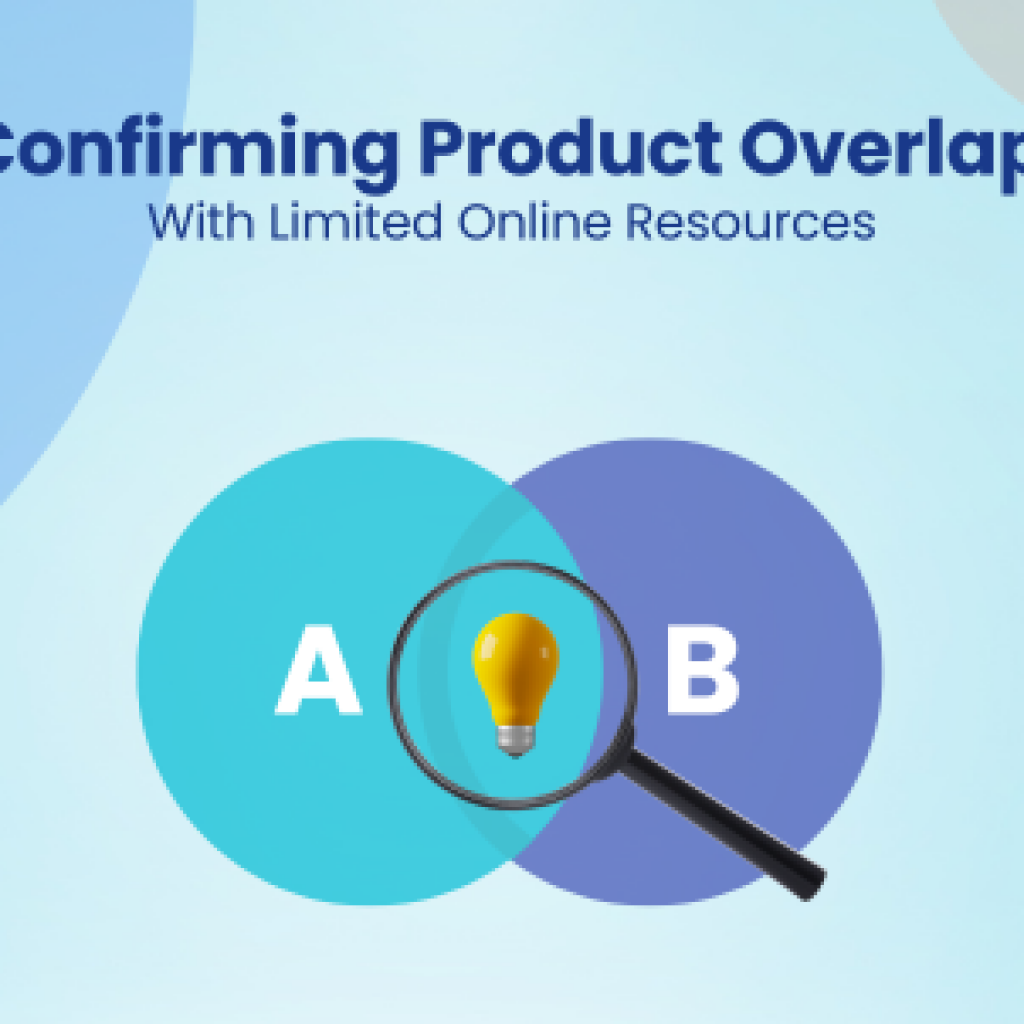Every day, as we take a step at making our life more digital, we facilitate digitization of our knowledge. Hundreds of documents, on a regular basis, are getting scanned, listed, indexed and made searchable through various portals.
The interesting fact is that this increasing and untapped potential of non-patent literature (NPL) as prior art is rarely utilized – due to lack of resources, time, or budget. As a matter of fact, patents cover only a portion of the vast information. Hence, a comprehensive non-patent literature search can often prove pivotal and significant when performing prior art searches.
Let me share one such experience where an NPL search helped find a strong prior art when there was practically zero prior art in patents.
How we found Prior Art in Non-Patent Literature?
It was a project from one of our primary clients and the patent under study was related to a real-time audio/video monitoring system. The concept dated back to 1996 and involved communication between two devices using the internet. The vital aspect was the involvement of a remote intermediate apparatus that facilitated the communication between the first and second devices.
Based on our prior experience, we knew that there existed a lot of patents on internet-based monitoring in that time period. Hence, we initiated the search by looking into patents. As we had expected, we found a lot of patents related to a video monitoring system utilizing the internet; however, these patents did not disclose the concept of an intermediate apparatus as required.
We used every strategy that we could think of, but to our disappointment, nothing substantial was found.
At that point, we decided to look for NPLs to check if we could excavate a promising prior art. We found that similar systems were being implemented by different universities, museums, et cetera. Plus, these systems were described using very generic keywords – server, system, web, etc.
Taking a cue, we tried these generic words and found thousands of results. Though this was a problem, it gave us an indication that there is a lot to be explored yet.
That said, we dedicated our effort in conducting an exhaustive non-patent literature search. To our surprise, we found that people had done small-scale experiments using similar systems during that particular time period.
The information of these experiments was posted on various blogs and forums. In fact, we channelized our efforts in exploring these user-centered databases. After going through hundreds of results, we stumbled upon a forum giving a brief overview of various such experiments conducted across the globe.
Herein, we started analyzing the experiments that appeared related to the concept of the patent under study. Unfortunately, none of these experiments included an intermediate apparatus as required. We were more disappointed than before as the majority of the time had already passed and yet we were empty-handed.
Never the ones to give up, we thought of checking some similar experiments which can provide a lead. Doing so led us to a magazine having a comprehensive list of such experiments. The magazine, which was in a PDF format, was not searchable. No doubt, this is why it didn’t appear in earlier searches.
Our next move was finding older copies of the same magazine from its archives. Voila! We landed on an article related to a system used for real-time monitoring of volcanic eruptions in New Zealand.
The system involved the use of a middle entity which was placed at a location different from the other entities. Since the locations described on the website were pretty far, we were able to consider the middle entity as the required remote intermediate apparatus. Further, the magazine also disclosed all the other features of the patent under study and was considered as a strong prior-art.
Every search requires versatility in thoughts, and we have a very strong culture to take every possible approach to find relevant results. And a non-patent literature search, as per my experience, is like a diamond mine. Only people who know how to dig well and in the right direction, have a high probability of finding relevant results.
Authored By – Rajesh Agarwal, Senior Research Analyst, Search Team










